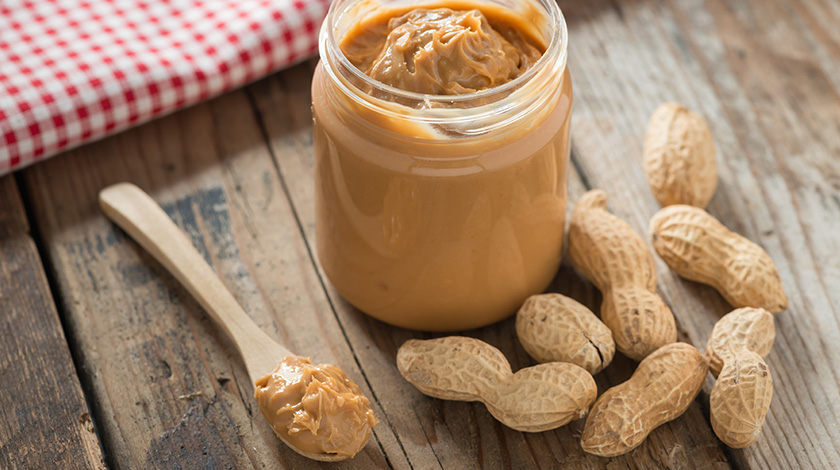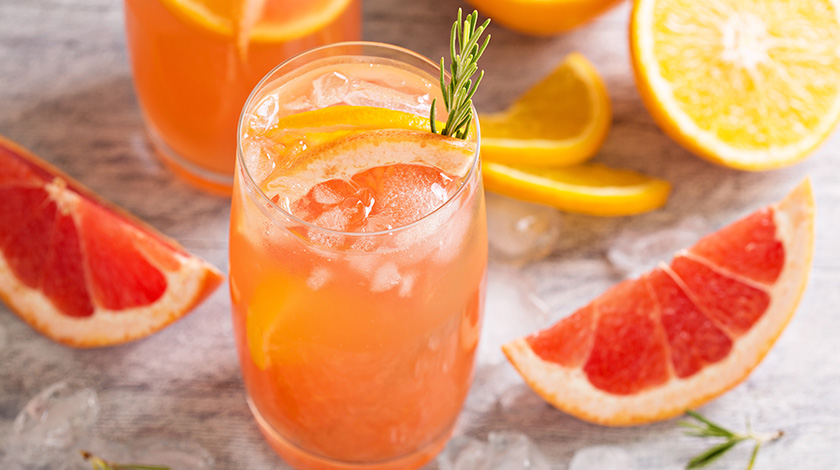Whether you are trying to lose weight or just want to keep up with a healthier eating habit, it is helpful to know that there are some foods that are surprisingly high in calories.
Here are some of the examples of high-calorie foods and lower-calorie alternatives.
1. Peanut butter vs hummus spread

Peanut butter is high in protein and makes a delightful toast topper. Its unsaturated fat content helps to reduce LDL cholesterol and prevent heart disease. However, it packs about 100 calories per tablespoon, which is about the same as butter.
Made from chickpeas, hummus spread is a healthier alternative if you are watching the calories. A tablespoon of hummus contains 25 calories only, while it is high in protein and fibre.
2. Granola vs Plain rolled oats
Although it is high in fibre and a healthier alternative to sugary cereals, granola can be just as high in calories. A half-cup of granola with milk contains at least 180 calories.
Since a lot of granola is made from raisins, another high-calories food, be sure to include other lower-calorie items on your breakfast menu. Weight-friendly options include plain rolled oats (154 calories/half cup) and oatmeal (83 calories/ half cup).
3. Orange juice vs Grapefruit juice
You may be surprised to know that orange juice has more calories than an equal-size can of soda. The hidden sugars in orange juice make it unhealthy for people with diabetes and those who are watching their weight, although it is a good source of vitamin C and potassium.
Grapefruit juice is a lower-calorie alternative. Red grapefruits are good sources of lycopene, antioxidants with cancer-fighting properties.
Sources:
- Weightlossforall - 8 Surprises in High Calorie Food
- Clevelandclinic - Easy Swaps for 13 Surprisingly High-Calorie Foods
- Quiz: Which Food Has More Calories
- Nutritionix - Smart Result

